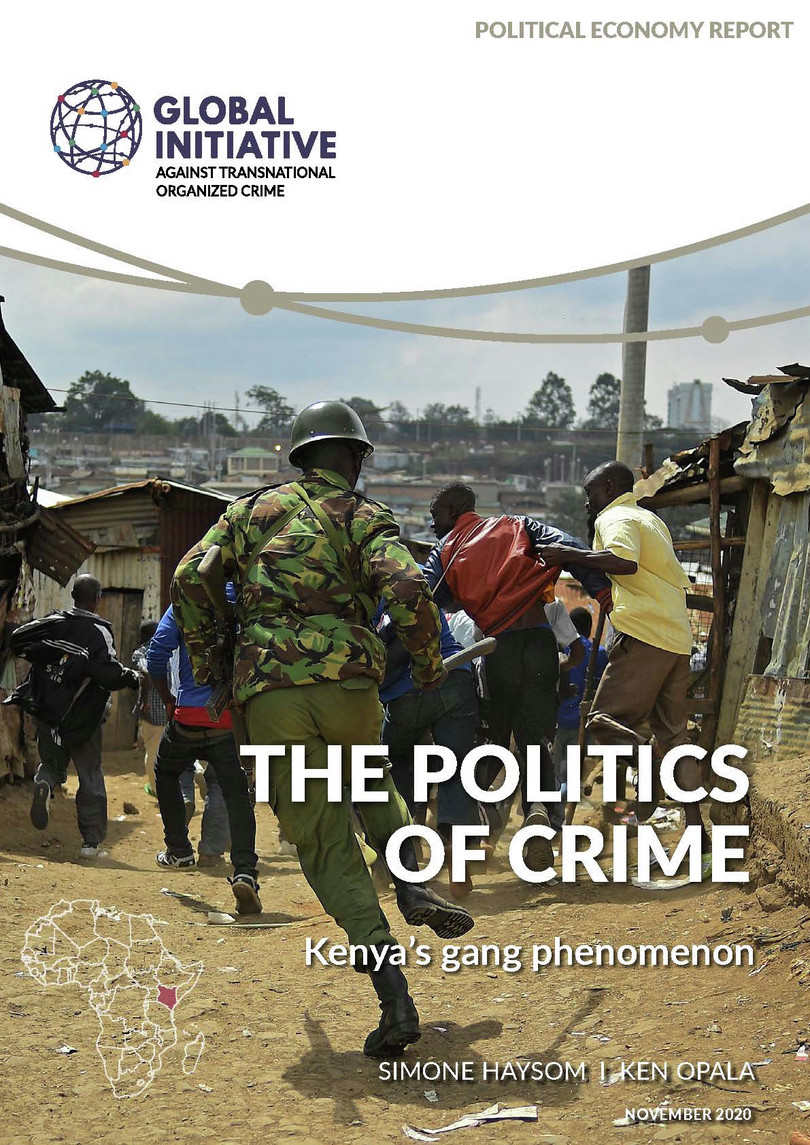New and forthcoming publications




A city under siege: Gang violence and criminal governance in Nelson Mandela Bay.
Kim Thomas, Mark Shaw and Mark Ronan
Nelson Mandela Bay has been experiencing a steady increase in recorded murders and attempted murders since 2012/2013, reaching levels comparable to or above some of the most violent places on earth. Economic and social exclusion, aspects of gangsterism and emerging patterns of misgovernance in the city’s administration are all crucial in understanding how the violence in Nelson Mandela Bay has increased so dramatically, and how to break this vicious cycle.
Gangs in Lockdown: The impact of COVID-19 restrictions on gangs in east and southern Africa.
Julia Stanyard
Using Cape Town as a key case study, we explore the impact of COVID-19 lockdowns on gangs and communities, from how they operate economically to levels of violence, and the relationship between police and gang members. For communities affected by gang violence, the lockdown has not only been a public-health crisis but a crisis of criminal governance.
The politics of crime: Kenya’s gang phenomenon
Simone Haysom and Ken Opala
Gangs in Kenya are implicated in some of the country’s most deep-rooted political issues: corruption at national and local level, abuse by security services and violent extremism. They have also played a violent and anti- democratic role in Kenya’s elections. This study investigates the political economy of gangs in Kenya – across their involvement in urban services, their instrumental role in politics and their use of violence – to support engagement on finding new, effective responses.
Trafficking Malagasy tortoises: Vulnerabilities and illicit markets in the western Indian Ocean.
Alastair Nelson and Jacqueline Cochrane
Malagasy tortoises – some of the most endangered reptile species in the world – are fiercely sought after in the exotic pet trade. This report traces the history of tortoise trafficking and identifies factors that make Madagascar particularly susceptible to illicit flows, through four in-depth case studies.
